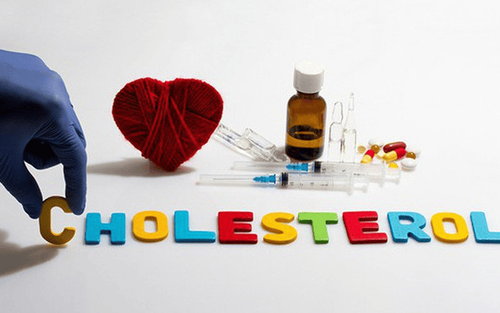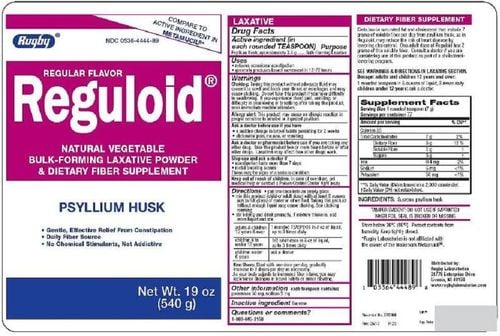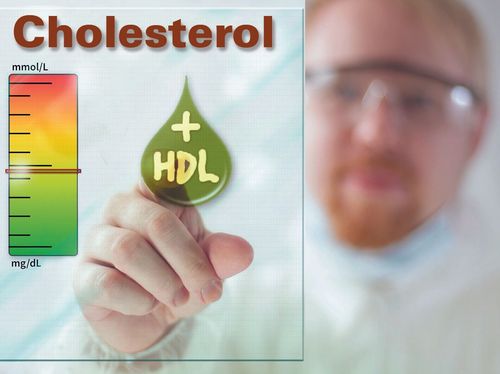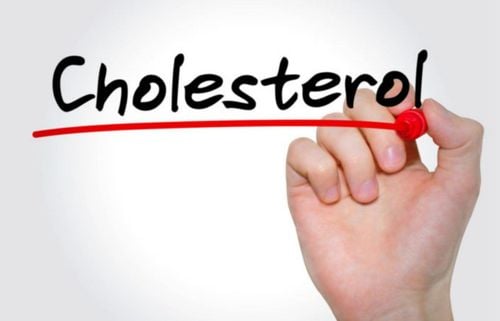This is an automatically translated article.
The article was professionally consulted by Doctor Nguyen Van Duong - Interventional Cardiologist - Cardiovascular Center - Vinmec Central Park International General Hospital. The doctor has many years of experience in the diagnosis and treatment of cardiovascular diseases.Hyperlipidemia or cholesterol develops silently over a long period of time and usually does not cause any special symptoms until the person experiences serious complications.
1. Unusual warning symptoms of cholesterol
High levels of cholesterol often have no obvious symptoms, but can increase the risk of conditions with specific symptoms such as angina due to cardiovascular disease, high blood pressure, stroke, circulatory system problems, etc. testicles, as well as:Yellow soft skin masses or lesions, called xanthomas, can be signs of a genetic predisposition to cholesterol-related problems. Many people who are obese or have diabetes also have high cholesterol. In men, erectile dysfunction can be caused by the arteries being affected by excess cholesterol in the blood. Patients are recommended to see a specialist as soon as they encounter problems such as:
Detecting yellow soft skin masses or lesions on themselves or small children, and should have their blood fats tested. Experiencing symptoms of heart disease, stroke, atherosclerosis in other blood vessels, such as left chest pain, tightness or tightness in the chest, dizziness, unsteadiness, slurred speech, leg pain. Any of the symptoms mentioned above may be related to high cholesterol, and the person needs immediate medical attention.
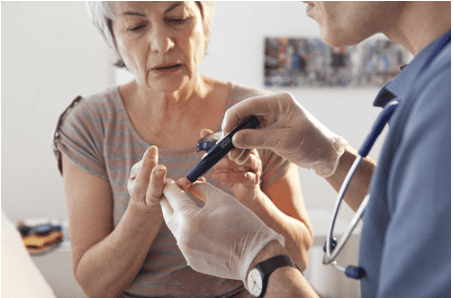
You have high blood pressure You are overweight You smoke medicine.
2. What is high blood fat?
Cholesterol is a waxy, fat-like substance that our livers make. It is important for the formation of cell membranes, vitamin D, and several hormones. Cholesterol is insoluble in water, so it cannot move around on its own.Particles called lipoproteins help transport cholesterol in the blood. There are two main forms of lipoproteins, including: Low-Density Lipoprotein (LDL), also known as "bad cholesterol," which can build up in the arteries and lead to serious health problems, like a heart attack or stroke. stroke. High-density lipoprotein (HDL), known as "good cholesterol," helps bring LDL cholesterol back to the liver for removal. When you eat too many fatty foods, the amount of LDL cholesterol in your blood increases. If the level of LDL is too high, or the amount of HDL is too low, the fat builds up in the blood vessels, impeding the blood flow through the arteries, causing serious systemic problems, namely the heart and brain. and even cause death.
3. Diseases caused by high blood fat
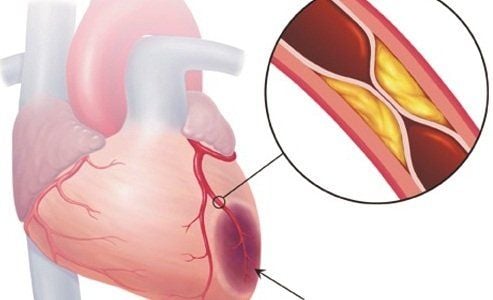
Angina Nausea Severe fatigue Shortness of breath Neck, jaw, upper abdominal or back pain Numbness or cold extremities 3.2 Stroke Plaque buildup due to high blood fats can pose a serious risk to blood supply to important parts of the brain. This is exactly when the stroke occurs. A stroke is a medical emergency. It is important to handle the situation and seek medical help quickly. Symptoms of a stroke include:
Sudden loss of balance or coordination Dizziness Sudden facial deviation (eyelid and corner of the mouth drooping) Inability to move, usually on one side of the body Confusion Stuttering Numbness of face, arms, legs, especially on one side of body Blurred vision, darkened eyes, double vision Sudden severe headache.
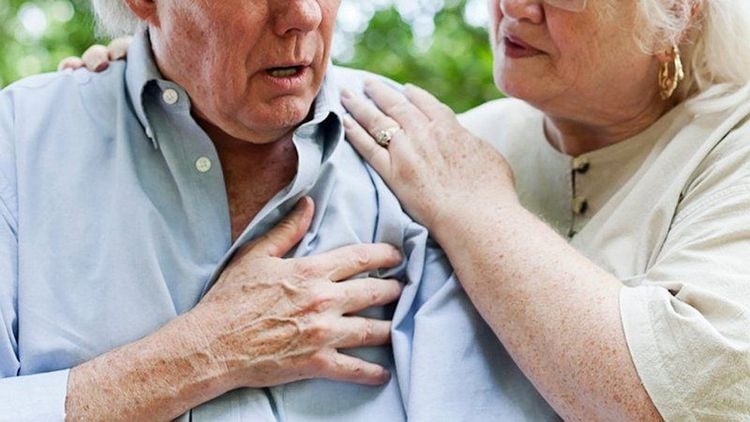
Signs of a heart attack include:
Chest tightness, tightness, tightness, chest pain Shortness of breath Anxiety or a feeling of dying Dizziness Nausea, indigestion, heartburn Severe fatigue A heart attack is In an emergency, damage to the heart can be irreversible, even fatal, if the person does not get medical help within a few hours of a heart attack. It is important to react quickly and call for medical assistance as quickly as possible.
3.3 Peripheral artery disease Peripheral artery disease Peripheral artery disease occurs when plaque builds up on artery walls, blocking blood flow in the arteries that feed the kidneys, arms, stomach, legs, and feet.
Early symptoms of peripheral artery disease include:
Cramps Soreness Fatigue Fatigue Leg pain during activity or exercise, called claudication Discomfort in the legs and trunk When peripheral artery disease As you progress, symptoms become more intense and even occur when you are resting. Severe stage symptoms due to decreased blood supply include:
Thin, pale, shiny skin of the legs and feet. Dead tissue due to lack of blood supply, also known as gangrene Sores on the legs and feet do not heal or heal very well. slow Leg pain that doesn't get better with rest Burning toe Toe leg cramps Thick toenails
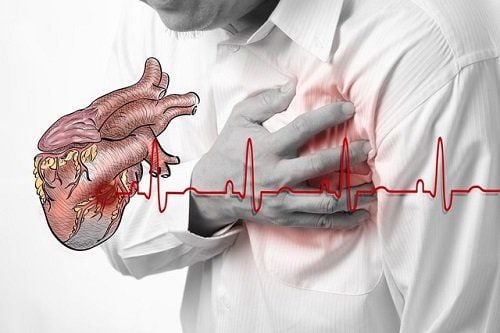
4. Method of monitoring blood fat
To ensure health, patients should have annual health check-ups to rule out risk factors, detect disease early, and be counseled on appropriate treatment. For lipids, if you already have high risk factors such as a family history of high cholesterol, heart attack at a young age, especially a parent or grandparent, you should be examined more often. under the guidance of a specialist.Because high blood fat does not cause any symptoms in the early stages, we should choose a healthy lifestyle, have a suitable diet, do regular physical activity, check and monitor the blood fat level according to the direction of the doctor. doctor's instructions.
To protect heart health in general and detect early signs of myocardial infarction and stroke, customers can sign up for Cardiovascular Screening Package - Basic Cardiovascular Examination of Vinmec International General Hospital . The examination package helps to detect cardiovascular problems at the earliest through tests and modern imaging methods. The package is for all ages, genders and is especially essential for people with risk factors for cardiovascular disease.
Please dial HOTLINE for more information or register for an appointment HERE. Download MyVinmec app to make appointments faster and to manage your bookings easily.
Reference sources: webmd.com, healthline.com




